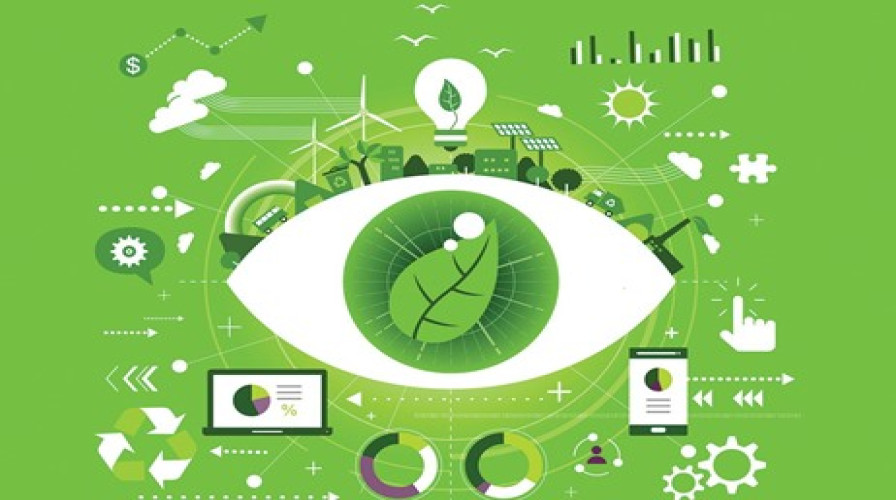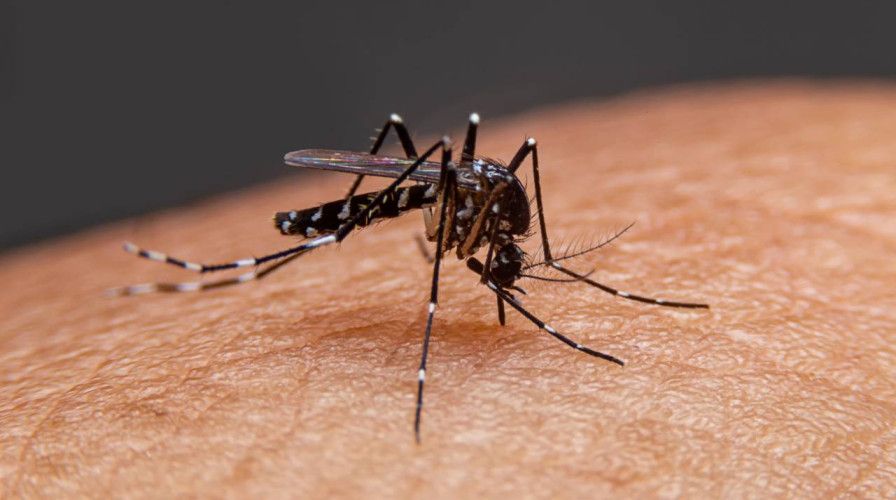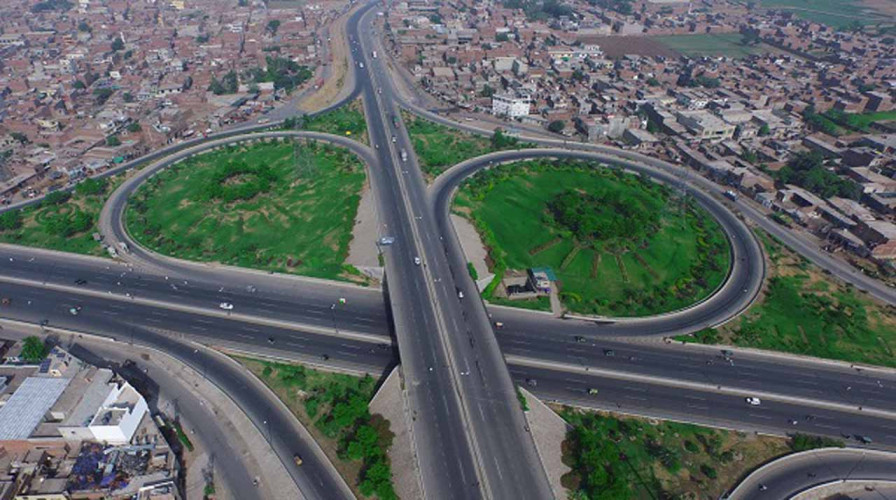Mumbai Green Plan: Paving the Way to a Greener, Sustainable Future

Introduction
As one of India's most bustling metropolises, Mumbai is grappling with the challenges of urbanization, pollution, and climate change. In response, the city has embarked on an ambitious journey towards sustainability with the "Mumbai Green Plan." This initiative aims to transform Mumbai into a greener, more livable city through comprehensive strategies focused on increasing green spaces, enhancing biodiversity, and promoting environmental consciousness.
1. Overview of the Mumbai Green Plan
The Mumbai Green Plan, launched by the Brihanmumbai Municipal Corporation (BMC), outlines a vision to significantly expand the city's green cover over the next decade. The plan envisions a more sustainable urban environment by integrating nature into the city’s infrastructure and daily life. It focuses on several key areas:
- Increasing Green Cover: The plan aims to increase the city’s green cover from the current 20% to 30% by 2030. This involves creating new parks, planting trees along roads, and developing green corridors.
- Revitalizing Existing Green Spaces: The initiative includes efforts to restore and upgrade existing parks and open spaces to make them more accessible and enjoyable for residents.
- Promoting Urban Forests: Establishing urban forests and mini-forests within the city to enhance biodiversity and provide ecological benefits.
- Community Involvement: Encouraging community participation in planting drives, maintenance of green spaces, and environmental education programs.
2. Key Projects and Initiatives
Several projects under the Mumbai Green Plan highlight its ambitious goals:
- Mumbai Coastal Road Project’s Green Initiatives: The Coastal Road Project includes provisions for creating green spaces along the new coastal road. These spaces will feature coastal vegetation and offer recreational areas for residents.
- Aarey Colony Green Spaces: Aarey Colony, often referred to as Mumbai’s green lung, is set to be preserved and enhanced with new green projects that focus on maintaining its ecological balance while integrating it with urban development.
- Public Gardens and Parks: New public gardens and parks are being developed in various parts of the city, including the redevelopment of the Oval Maidan and improvements to the Jijamata Udyan (Byculla Zoo).
- Green Roofs and Vertical Gardens: The plan encourages the development of green roofs and vertical gardens in residential and commercial buildings to optimize space and improve air quality.
3. Environmental and Social Impact
The Mumbai Green Plan is expected to bring several benefits:
- Improved Air Quality: By increasing green cover and reducing pollution, the plan aims to enhance the city’s air quality, mitigating the effects of pollution and climate change.
- Biodiversity Enhancement: The creation of new green spaces and urban forests will support local flora and fauna, contributing to ecological balance and biodiversity.
- Enhanced Quality of Life: More green spaces provide residents with recreational areas, promote mental well-being, and improve overall quality of life.
- Economic Opportunities: The development of green spaces can boost local economies through increased tourism, property values, and job creation in the landscaping and maintenance sectors.
4. Challenges and Criticisms
Despite its ambitious goals, the Mumbai Green Plan faces several challenges:
- Land Scarcity: Mumbai’s high population density and limited available land make it difficult to create new green spaces without displacing existing infrastructure or communities.
- Funding and Maintenance: Securing adequate funding and ensuring the long-term maintenance of green projects can be challenging, particularly in a city with competing priorities.
- Community Engagement: Ensuring effective community involvement and participation in green initiatives is crucial for the success of the plan but can be difficult to achieve consistently.
5. Future Outlook
The success of the Mumbai Green Plan will depend on continued commitment from the government, active participation from residents, and effective implementation strategies. As Mumbai continues to grow, integrating sustainability into its urban development will be essential for creating a resilient and livable city.
Conclusion
The Mumbai Green Plan represents a bold step towards a more sustainable future for one of India’s largest cities. By focusing on increasing green cover, enhancing biodiversity, and promoting environmental stewardship, the plan aims to address some of Mumbai’s most pressing urban challenges. As the city progresses with these initiatives, it will serve as a model for other urban centers grappling with similar issues, proving that with vision and collaboration, a greener future is within reach.










